1982 Entry into Melbourne's Trade Scene
Melbourne Square opened in 1982 at 1700 W. New Haven Avenue, west of downtown Melbourne, Florida.
It wasn't the city's first enclosed retail center - that title went to Brevard Mall, which started operating in 1962 - but it was the larger of the two from the outset.
The land under Melbourne Square had once been an orange grove.
The transformation was led by the Edward J. DeBartolo Corporation, which had already built a portfolio of enclosed shopping centers across the country.
The new mall brought with it a fresh cluster of anchors: Ivey's was the first to open its doors in 1982.
JCPenney, Jordan Marsh, Burdine's, and Belk followed in short order.
The layout was single-level from the beginning. That design choice made navigation easy for foot traffic and reduced construction complexity.
Public transit access came through SCAT bus routes that continue to connect residents to the location.
At opening, the mall offered a centralized, enclosed shopping experience.
It was air-conditioned, well-lit, and had corridor-based zoning for stores.
Anchor retailers took up large footprints at each end, with smaller shops running through the main hallways.
No second floor meant more real estate per square foot was dedicated to ground-level leasing.
The project landed during a stretch of retail expansion across Florida.
By placing itself west of US-1 and close to a growing population base, Melbourne Square capitalized on rising commercial demand in Brevard County.
Melbourne, Florida, became a draw for those looking for things to do in the early 1980s, less as a novelty and more as a practical destination.
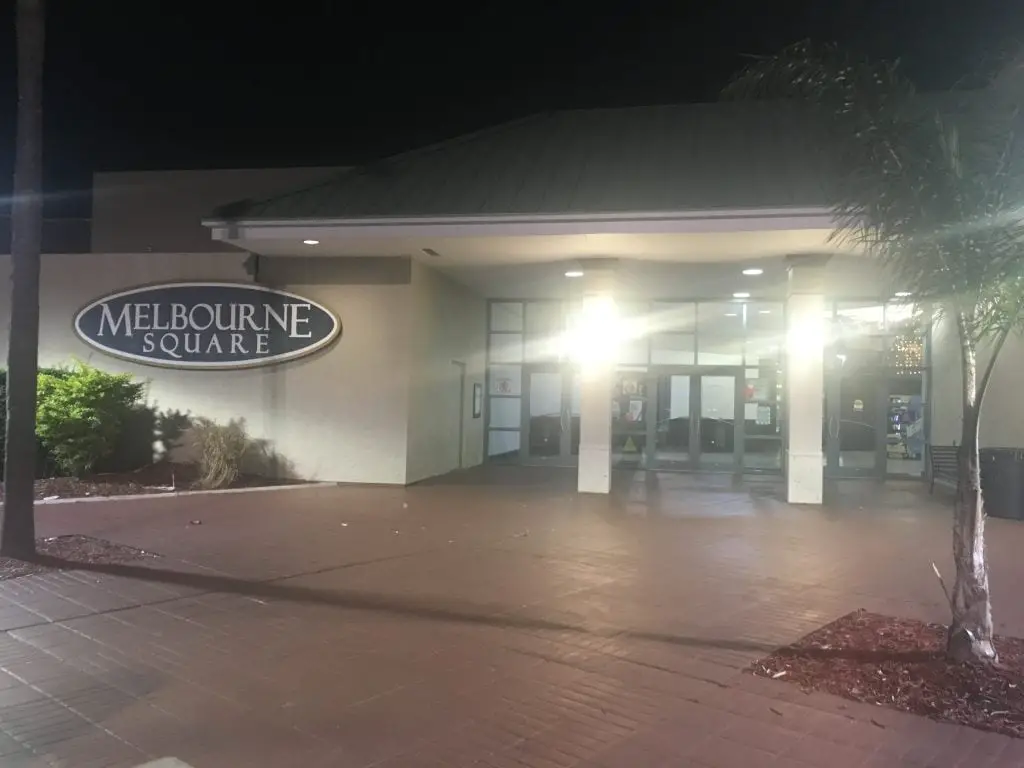
Anchor Retail Turnover and Square Foot Reshuffling
In the early 1990s, Melbourne Square began a cycle that most enclosed retail centers eventually face - anchor turnover.
The first change came in 1990 when Ivey's, the mall's original anchor, was rebranded as Dillard's.
That conversion came after Dillard's acquired the Ivey's department store chain, extending its footprint across Florida.
Jordan Marsh closed in 1992. That same year, its space was repurposed into the first Mervyn's in Florida.
The chain, based in California, had been testing markets outside its usual range.
Its arrival in Melbourne Square marked a brief phase in the mall's leasing strategy, but the experiment didn't last long.
Mervyn's exited the property in 1997.
Dillard's then took over the former Mervyn's location, giving the brand two separate stores under one roof, each serving different departments.
Burdine's, another original anchor, changed in the early 2000s.
Federated Department Stores, which owned both Burdine's and Macy's, merged their operations.
By 2003, the store was operating under a combined name - Burdines-Macy's.
That co-branded phase lasted until 2005, when the signage changed again, this time to Macy's alone.
Meanwhile, Belk left the property in 2004. Its space didn't sit empty long.
The building was razed in 2006 to make room for two new arrivals: Dick's Sporting Goods and Circuit City.
The latter was already under pressure in national markets, and its store at Melbourne Square closed in 2009 during the company's broader exit from retail.
These shifts in anchor leasing reflect how department store strategy changed during the 1990s and early 2000s: brand consolidation, space repurposing, and adjusted leasing footprints.
Each move had a downstream effect on traffic, tenant interest, and space use throughout the mall.
Ownership, Management, and Retail Footprint Metrics
Melbourne Square is a one-story mall with roughly 703,000 square feet of retail space.
Its current owner is Washington Prime Group, a company that holds multiple enclosed mall properties across the United States.
Washington Prime Group acquired the site during a broader phase of real estate portfolio diversification.
The property is anchored by five major tenants: two Dillard's locations, JCPenney, Macy's, and Dick's Sporting Goods.
This five-anchor structure has stayed stable since 2014 after LA Fitness (Esporta Fitness now) opened in a former Circuit City space and H&M joined later that same year.
Though Esporta Fitness does not technically operate as an anchor store in leasing terms, it occupies a high-traffic parcel.
It brings a different category of foot traffic - service over retail.
The internal layout hasn't expanded vertically. There is no mezzanine or second floor.
Instead, the space focuses on maximizing lease potential across the ground level.
That has helped retain large-format tenants who require wide, accessible floor plans.
The architectural decision also supports easier remodeling when unit turnover occurs.
Despite broader shifts in national retail, the mall's current mix of apparel, department stores, fitness, and beauty tenants provides a stable leasing framework.
It's built for consistency more than experimentation, with predictable storefront dimensions and flexible leaseback arrangements in the event of mid-tier tenant exits.
Commercial property in this part of Brevard County remains one of the larger floor plates that is still in enclosed use.
Events Programming and Shopper Activation Strategies
Melbourne Square has long used seasonal events to draw foot traffic, many of which are tied to broader retail calendars.
Over the past decade, these activations have moved from basic sales to more curated activities, often aimed at families or local community groups.
One of the recurring pieces is the Hanukkah Menorah parade, which takes place annually near the mall.
Organized by the local Chabad-Lubavitch branch, it's held in the December shopping window when the mall tends to see its highest visitation rates.
In April 2025, the mall hosted an Easter-themed event that ran from the 4th through the 19th.
The setup featured staged photo opportunities with the Easter Bunny.
In years past, the mall has also staged back-to-school fairs, Halloween trick-or-treating hours, and Christmas ornament workshops.
Each event is positioned to align with a high-spend season - July and August for school supplies, October for costumes, and December for gifting.
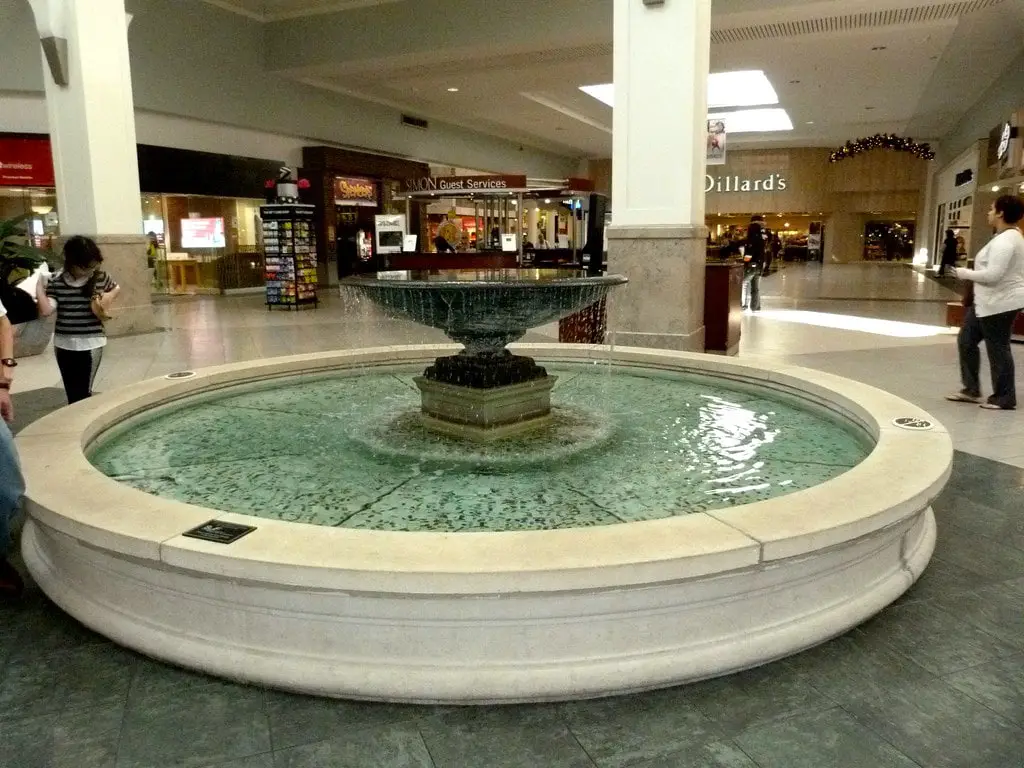
Security Incidents and Parking Lot Risk Management
On January 17, 2015, a domestic-related incident took place inside the food court.
One person was fatally injured, and another was wounded.
The assailant was found lifeless at the scene. The mall closed for part of the day while police conducted their investigation.
Food court tenants remained closed for the remainder of that Saturday.
Another episode occurred in the parking lot on December 13, 2016.
That incident involved a fired weapon during an attempted robbery.
No injuries were reported, but the event led to changes in the mall's parking lot patrol schedule.
Security presence was visibly increased for several months, particularly during evening hours.
Since then, mall management has maintained a code of conduct policy on site, which is publicly accessible through Melbourne Square's official website.
The code includes rules on loitering, dress, group size, and general behavior.
Enforcement is handled by contracted private security with backup from local police when needed.
Although the mall does not publish monthly crime statistics, its public safety language suggests a standardized approach: observe, report, and respond.
While both major incidents are almost a decade old, they remain part of the mall's public record.
Visitor safety measures implemented afterward are still visible on the property as of 2025.


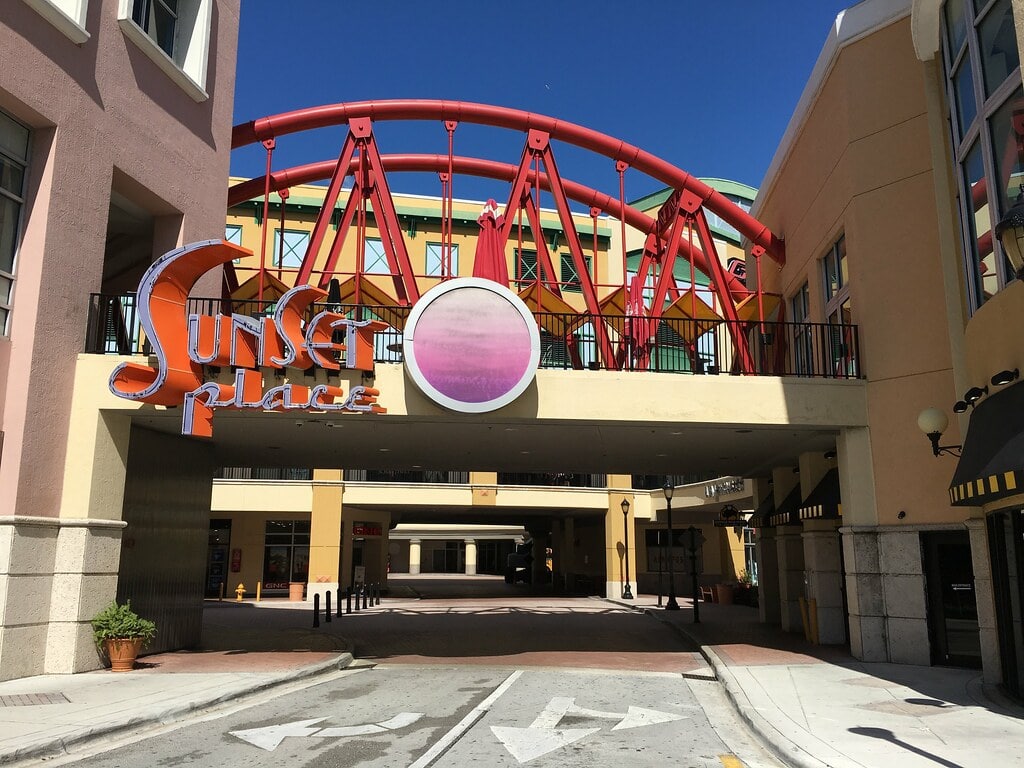
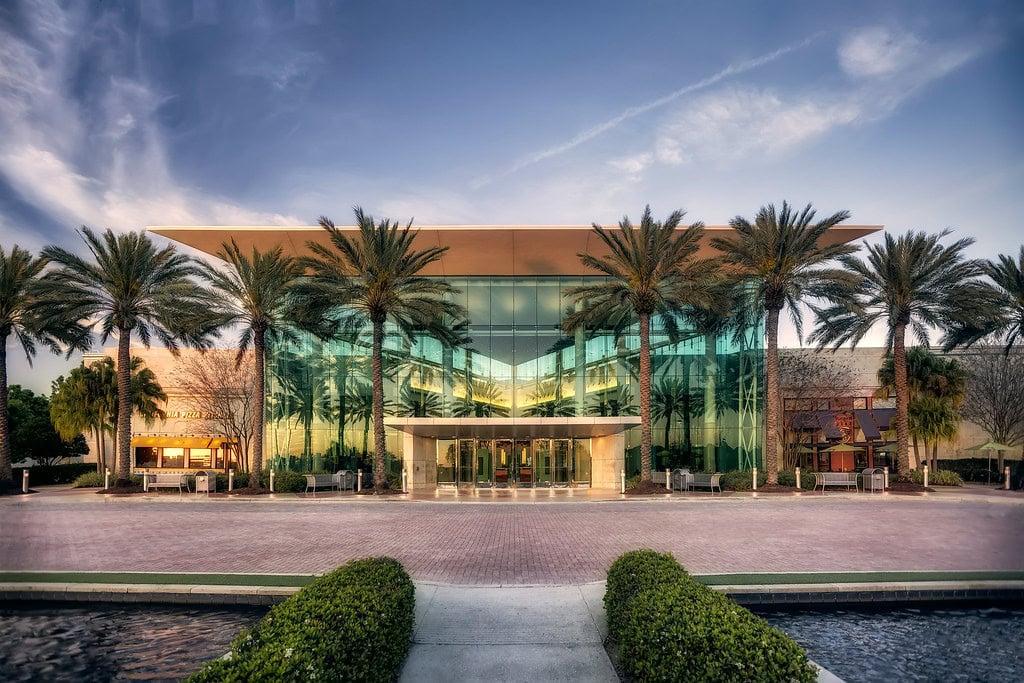

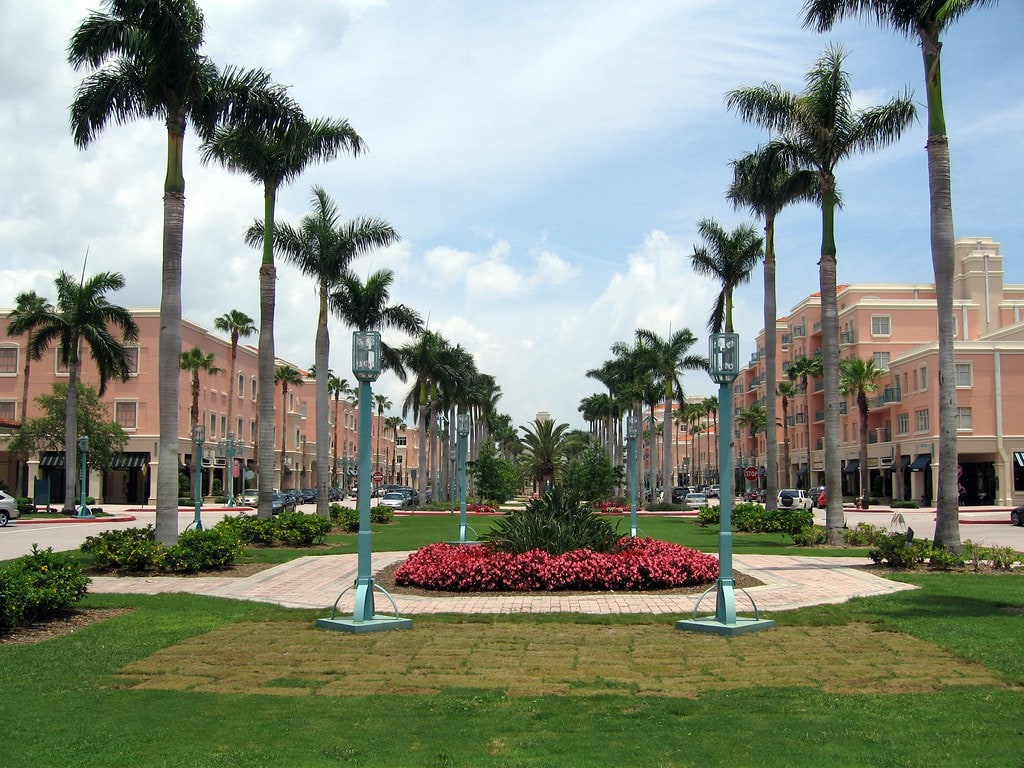
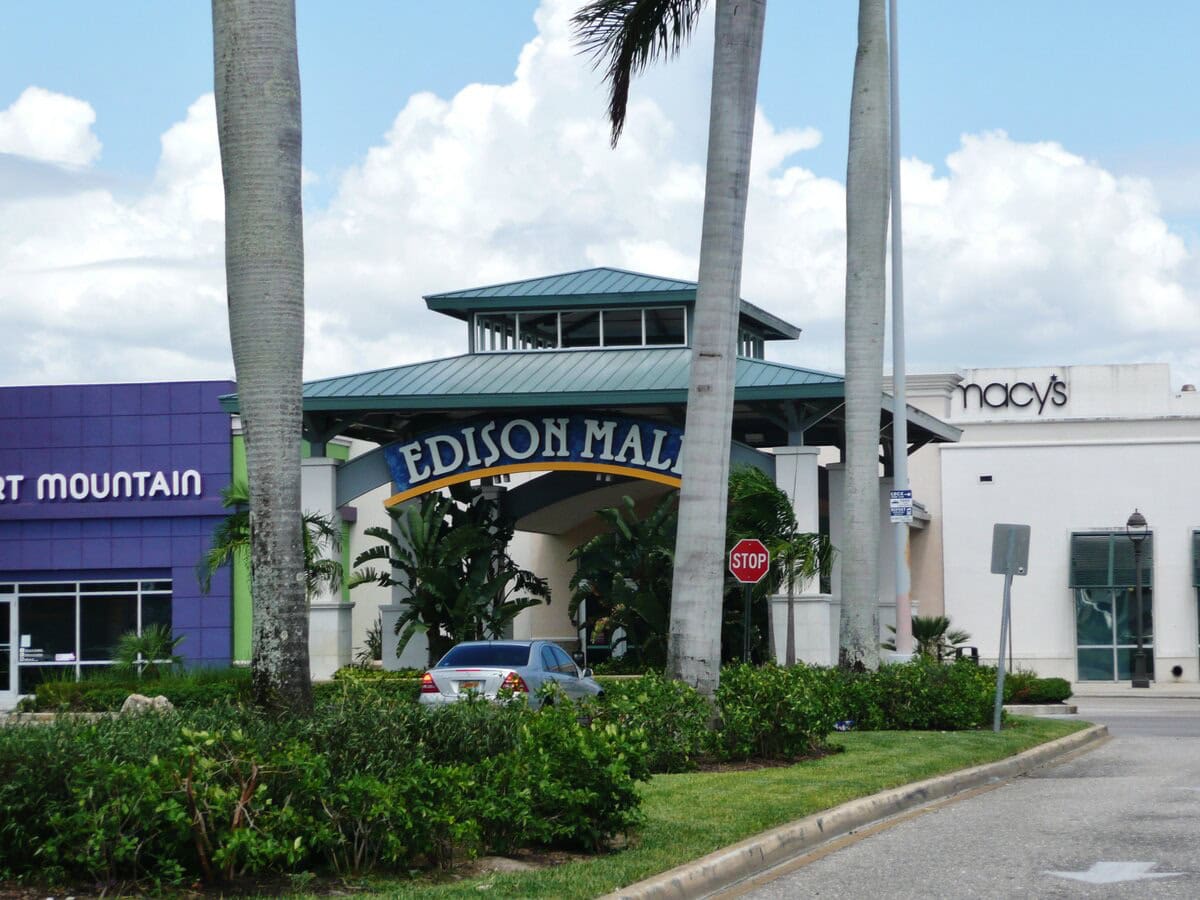


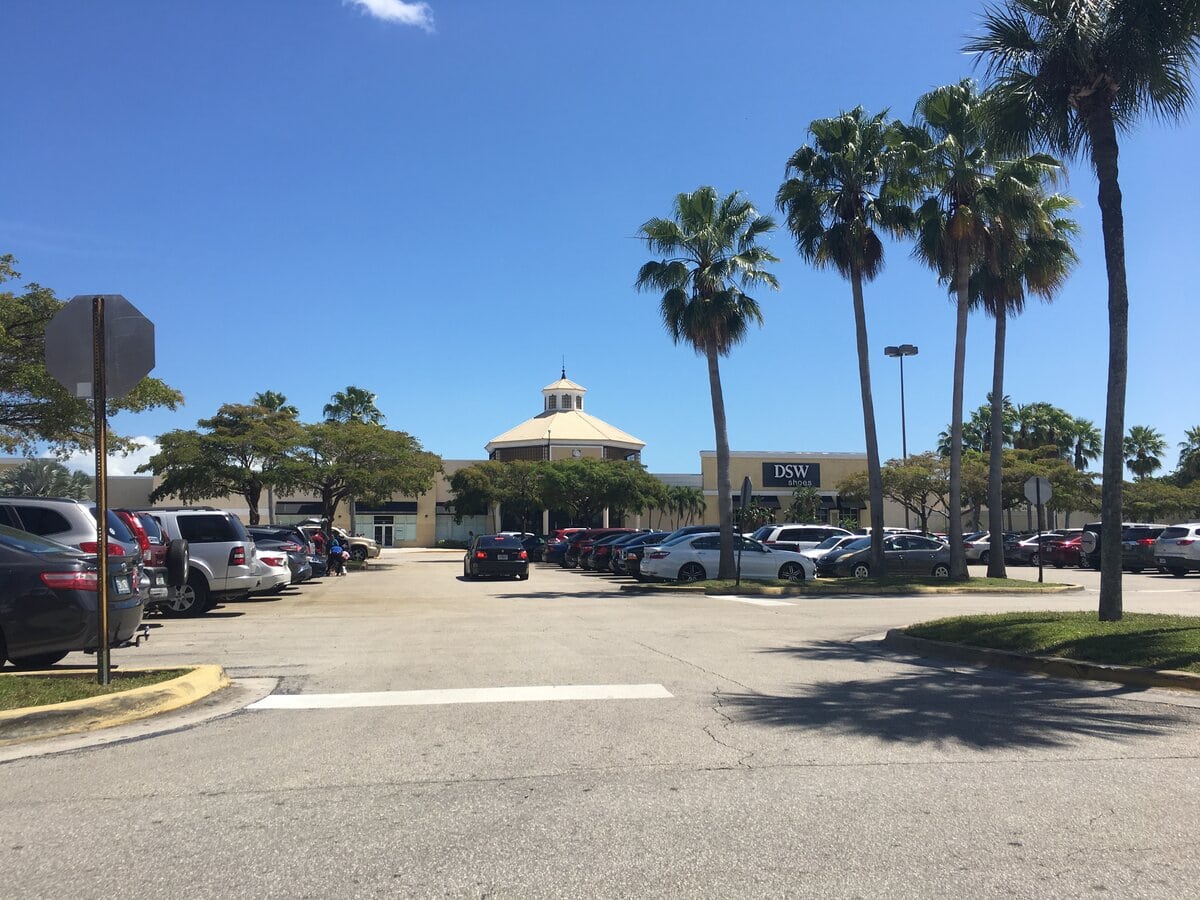
Growing up in the 60s and 70s, malls were always a wonderful experience and I was saddened by their decline. I'm so glad to still have this experience here in Melbourne and hope that it continues for many more decades.
Thanks for sharing your memories of Melbourne Square Mall. It's a reminder that, in some towns, the older model of a mall still holds on—familiar stores, a steady crowd, and a sense of place that hasn't disappeared.